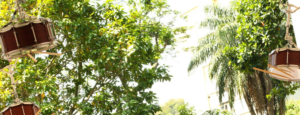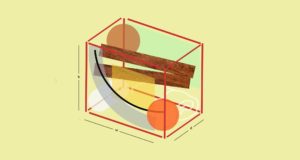The Frieze came to an end yesterday and the art world is looking worse for wear. From the interns to the gallery directors, from the displays to the cafés, there is a slight fraying around the edges that can only come from more than 4 days of 12 hour shifts followed by too much champagne and not much food. The point of saturation has been reached. Even the venerable Alison Knowles – founding member of the Fluxus movement – could not keep me on site any longer than necessary with her intriguing performances.
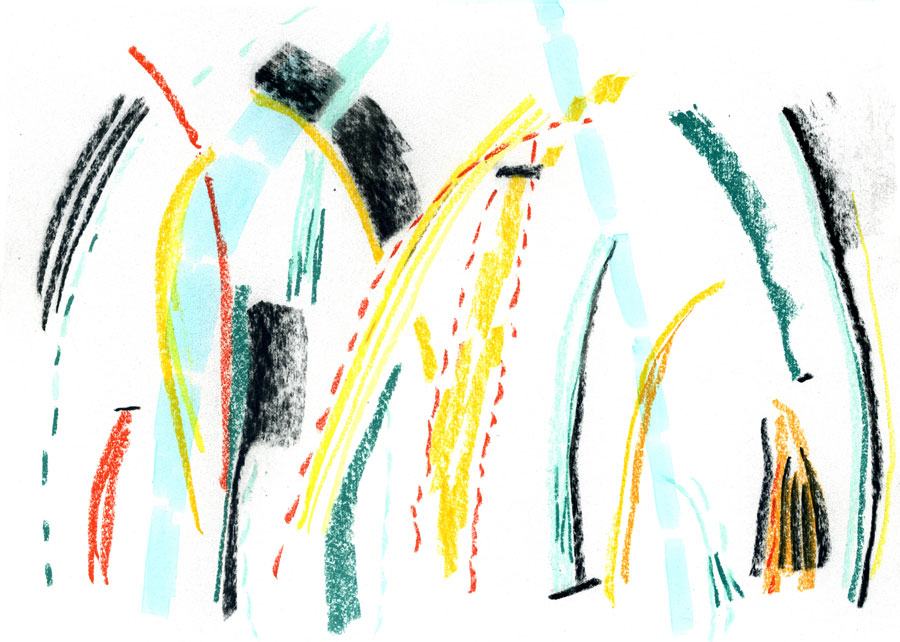
Yet, this momentous week could not possibly be wrapped up without a nod to the Frieze fringe. Indeed, the Frieze is not just an art fair, it’s a series of opportunities, it’s a context to be shamelessly used if you’re an artist or one of the smaller galleries. Keeping in mind that dealers the world over flock to Frieze and take over the posh hotels and trendy haunts of London, why not find a way to get their attention that does not require the extravagant expense of a booth at Frieze?
You can trust London creatives to come up with thrifty alternatives to present their work. After all, Frieze might have mastered the fair format and claimed the top position in the capital but London is big enough to accommodate other art fairs without cramping anyone’s style.
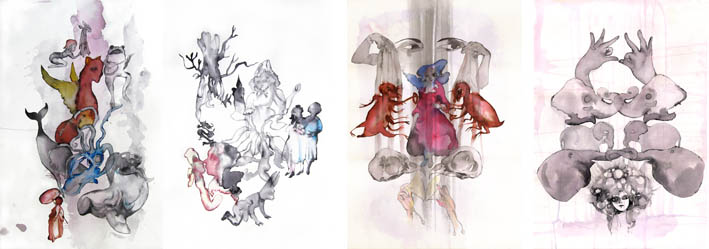
The Zoo Art fair was early to seize that opportunity by pitching up with the flamingoes and the baboons in the London Zoo itself. It offered space to commercial and non-commercial art organisations. What started as a small ad-hoc event got so big that it eventually moved to the Royal Academy and then… folded while it was still on top. It was a shame but their success was leading tham towards becoming exactly what they had initially wanted to offer an alternative to: the art show as trade fair. Still, this did not go unobserved. Lessons were learned and new offshoots were on offer this year.
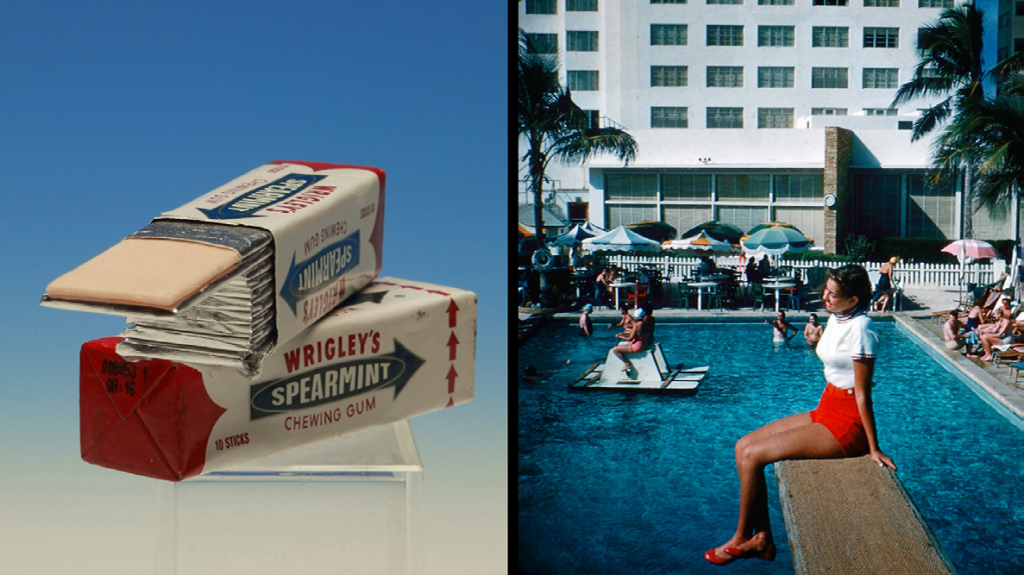
Organised by artist Karl England and curator Ben Street, Sluice did not offer itself as yet another typical art fair. Instead it took on the spirit of a temporary project space, bringing together small galleries, artist run spaces, publishers and a much more informal atmosphere. Housed in one of the top floor venues of the Gray’s Antique Market in South Molton Lane, Sluice was located in the heart of the commercial gallery territory, yet it was experienced more along the lines of a fluxus happening. This dynamic, anything-could-happen, spirit was reinforced by small children running around, playing with the art and the numerous scheduled performances disrupting the display space. We happened upon artist Rainer Ganhal wrapping a woman’s lower body in sheets of paper torn out of a book. The quality of the work itself was wildly variable. Transition gallery had a good selection of interesting early to mid-career artists whose work was as covetable as it was affordable. THEODORE:Art had one dominant work in the form of a 3D video slide show by Richard Paul. Space In Between presented the video of a man wearing a cloak made out of recycled beer cans and crawling through dirt. Sluice came across as a somewhat chaotic attempt at creating a collaborative, loose creative atmosphere that focused more on artists getting together than on the sales of works.
Then there was The Bear Pit, initiated by three curators from different galleries: John Marchant of Isis Gallery, Jamie Robinson of CARTER Presents and Steve Lowe of L-13. As can be guessed from the name of the event, it took a completely different approach by adopting none of the aesthetic or geographical characteristics of the private art market on display at the Frieze and, up to point, at the Sluice. It was housed in a raw, disused warehouse space behind Tate Modern that came with the thrilling warning: “Entry is at your own risk”.
The format was more that of a curated collective exhibition with each gallery presenting a selection of two artists’ work. From the infamous Billy Childish to the lesser known yet no less interesting Alice O’Malley, each artist was allocated enough space to properly feature their work without the dreaded overlaps that characterize a typical art fair. All the works also had more of an edge to them than, as if the main factor for the final selection had been an integrity of creative process rather than sales potential. The Bear Pit presented itself as more of an alternative to the aseptisized environment of Tate. It’s a shame it was only a one-off event. Or was it…?
